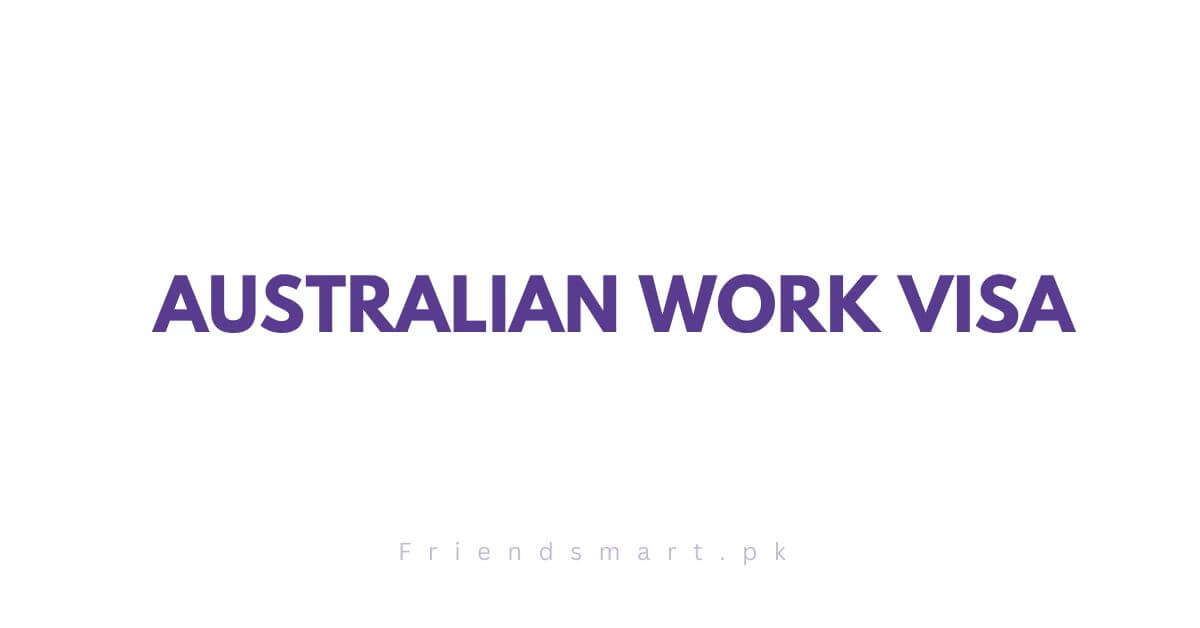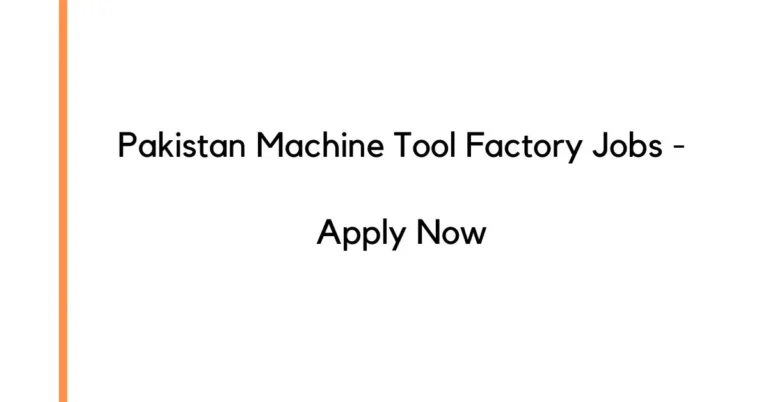Australian Work Visa 2024 – Australia Immigration
Australia is the place to go if you want better career opportunities in a developed nation. Without question, Australia can provide its people with everything they require, from a thriving economy and a wide range of cultural events to breathtaking scenery and a kind community. Regrettably, the lack of skills in the nation could potentially obstruct its future progress and advancement.
Among the richest nations in the world, Australia has the second-worst skills shortage, according to recent studies. The Australian government invites highly qualified foreign professionals to the nation in an effort to close the skills gap.
For skilled professionals, the Australian Department of Home Affairs offers a range of visa options, including temporary and permanent streams. Depending on the type of visa, you may be able to stay and work in the nation either temporarily or permanently. In addition, eighty percent of skilled migrants find work in Australia within four months of their arrival. Thus, your best opportunity to apply for an Australian work visa is in 2024.
Check Also: Australia New Core Skills PR Pathway 2024 – Australia PR Visa
In 2024, are you trying to figure out how to get a work visa for Australia? What qualifications must you meet to be eligible? How many various kinds of work visas are available in Australia, and how do you select the appropriate category? Put an end to your search. You can find all the information you require about the Australian work visa 2024 application process and requirements in the blog post that follows.
Let’s begin with an explanation of an Australian work visa, though, before we get into the specifics.
What is an Australian work visa?
The purpose of the Australian work visa is to draw competent foreign workers to jobs where there is a shortage of talented Australian workers. The aim is to close the skills gap across the nation, especially in regional Australia. With an Australian work visa, you might be able to work in Australia for a set amount of time, depending on your skills, company, and certifications. There are several types of work visas, including temporary, permanent, and regional ones, each with its own requirements and advantages.
Sponsorship from an Australian employer or an Australian-residing family member is required for some work visas. However, certain visas rely on a points-based examination system and do not require sponsorship. There are various options available for Australian work visas. Let’s examine these classifications.
Types of Australian Work Visas
Although Australia offers a wide range of work visas, the following are the ones that are most frequently requested:
- Employer Nomination Scheme Visa (Subclass 186).
- Skilled Independent Visa (Subclass 189).
- Global Talent Visa (Subclass 858).
- Regional Sponsored Migration Visa (Subclass 187).
- Permanent skilled regional visa, subclass 191.
- Skilled employer-sponsored regional visa (subclass 494).
- Skilled Nominated Visa (Subclass 190).
- Skilled graduate visa (subclass 476).
- Temporary skill shortage visa (subclass 482).
- Temporary employment visa for short-term specialists (subclass 400).
- Temporary Activity Visa (Subclass 408).
There are certain requirements for each of these visa categories that an applicant must fulfill. Therefore, it is crucial to comprehend the basic prerequisites in order to receive an Australian work visa in 2024.
Benefits of an Australian Work Visa
- Employment Possibilities: Possessing an Australian work visa enables you to work lawfully in Australia, leading to a multitude of employment options across different sectors and industries.
- Financial Stability: Australia’s economy is strong and stable, making it a good place to work and advance your career.
- High Quality of Life: Australia constantly scores highly when it comes to living quality. You can live comfortably most of the time, have access to excellent healthcare and education, and maintain a high level of living if you have a strong salary.
- Variety in the Workplace: Professionals in a variety of industries, including IT, healthcare, engineering, finance, and more, can find work in Australia.
- Salary Competitiveness: Australia has a reputation for paying workers fairly and providing strong worker rights, and many employment there come with competitive compensation.
- Working-Life Harmony: Work-life balance is highly valued by Australians, and many businesses support a harmonious mix between work and personal life.
- Diversity in Society: Australia is renowned for having a diverse population. Engaging in employment in Australia offers the chance to network with individuals from various cultural and ethnic origins.
- Social Service Access: Social services including healthcare and education are available to all Australian citizens, even those with work permits. The healthcare system in Australia is renowned for its excellence and ease of use.
- Lovely surroundings: Australia is well known for its breathtaking natural beauty, which includes the Outback, energetic cities, and gorgeous beaches and coastlines. You can spend your free time exploring beautiful landscapes if you live and work in Australia.
- Route to Long-Term Residency: Certain work visas in Australia offer a road to permanent residency, such as skilled migration visas. For people who want to live permanently in Australia, this may be useful.
- Opportunities for Education: If you have dependents, they could be able to attend one of Australia’s renowned universities or other top-notch educational institutions for a top-notch education.
- a secure and safe setting: Australia is regarded as a low-crime nation that offers a safe and secure living and working environment.
Requirements for Australian Work Visa
To be eligible to apply for an Australian work visa in 2024, you need to fulfill the following requirements:
1. Nominated occupation
The profession you have chosen needs to be included on the skilled occupation list (SOL). All professions that the Australian government has approved to alleviate the skills shortage in the nation are included in the skilled profession list. Among the many skills accessible are accounting, engineering, biology, cardiology, chemistry, baking, and biotechnology.
2. Skill Assessment
You must have your skills evaluated by an approved Australian organization in 2024 before submitting an application for an Australian work visa. Your chosen occupation is used to evaluate your abilities. You need to pass this skills test with a good score.
3. Health Assessment.
In order to obtain an Australian work visa in 2024, you will need to undergo a medical examination to verify your overall health. Keep in mind that the Australian embassy needs to be connected to your medical supervisor.
4. Character Assessment.
Character evaluations are equally important as talent and health evaluations. You have to be a good person to pass this test. It indicates that you have not engaged in any criminal behavior in the past and that you will not pose a threat to the Australian community going forward.
5. Point-Based System
To select the most competent and knowledgeable workers, the Australian government employs a testing system that is point-based. In order to be eligible for an Australian work visa in 2024, you can only receive up to 65 points. Points are given according to the following criteria:
Age requirements:
- score for English language proficiency.
- prior experience working abroad.
- prerequisites for education
- Credential requirements for community languages.
Partner Skills and Qualifications
Study in Australia’s regional areas.
What is the application process for an Australian work visa?
For Australian work visas, it is vital that you comprehend the application procedure. While the requirements differ for every category, the application procedure is rather uniform. Knowing the procedure will save you a great deal of trouble.
The steps you must follow in order to apply for an Australian work visa in 2024 are listed below.
- Choose the type of visa.
- Assess your talents.
- Interest Expression (EOI)
- Send in the relevant supporting paperwork.
- Send in your visa application.
- Let’s examine each one of them in more detail so that we can gain more understanding and clarity.
1. Select the Visa Category.
Choosing the right visa category in 2024 for your particular situation and the availability of sponsorship is the first step toward submitting an application for an Australian work visa. Examine a variety of immigration options, including employer-sponsored visas, skilled independent visas, and skilled nominated visas. Decide which one best suits your requirements and areas of interest.
2. Have Your Skills Assessed
The appropriate Australian authorities will assess your talents after you have selected the appropriate form of visa. For instance, the Australian Computer Society (ACS) is the suitable body to assess your skills if you are an IT expert hoping to work in Australia.
3. Expression of Interest (EOI).
You must file an expression of interest, or EOI if you’re looking for a visa such as subclass 189 or 190, which requires you to pass an exam based on points. Enclose all pertinent and corroborating documentation, including diplomas from educational institutions, employment histories, and positive skill assessment outcomes.
4. Submit documents.
You can start the application procedure once you receive an invitation to apply from the Department of Home Affairs. It is now your responsibility to gather and submit all pertinent paperwork. You can start the application procedure once you receive an invitation to apply from the Department of Home Affairs. It is now your responsibility to gather and submit all pertinent paperwork.
5. Submit the Visa Application.
You can apply in person at the Australian Embassy or online, depending on your circumstances. On the other hand, online apps offer more advantages than offline ones.
Remember that you have sixty days starting on the invitation date to submit your visa application. Thus, it is essential to apply within the allotted time frame.
Processing Time for Australian Work Visa
The processing period for work permits in Australia is not fixed. The majority of visa petitions are completed in a year or two. It is imperative to realize that there is no assurance regarding processing time and that the duration of the review period will depend on a number of variables.
Some short-term visas may be accepted in months, and certain streams within visa subclasses may be handled even faster. Your application will always take longer to process if something is missing.
It is worth noting that the percentage of Australian work visa applications that are denied or rejected increased from 4% in 2021 to 8%. I understand that you are now asking how to get your visa denied.
Here’s some advice for you:
It is true that applying for an Australian skilled worker visa might be difficult. However, you will succeed if you plan ahead and are aware of the various kinds of Australian work visas. I suggest that you consult a specialist regarding this issue. You can avoid future financial ruin by making a tiny investment in expert advice.
Frequently Asked Questions:
-
Is it simple to obtain a work visa in Australia?
To apply for an Australian work visa, you’ll usually need to pass and achieve a high score on the points test, which is used to help Australia select applicants who have the skills and attributes it needs. Points may be awarded for factors such as your English proficiency, Australian work experience, and qualifications.
-
Who is eligible to work in Australia?
A person can legally work in Australia if they are an Australian citizen, permanent resident, or New Zealand citizen, or if they hold a valid visa with permission to work.
-
Is Australia giving work visas now?
You can obtain permanent residency in Australia if you apply for and are granted a permanent visa that allows you to remain in the country indefinitely. Options include skilled work visas, business or investor-stream permanent visas, or family visas for accompanying or joining family members.






